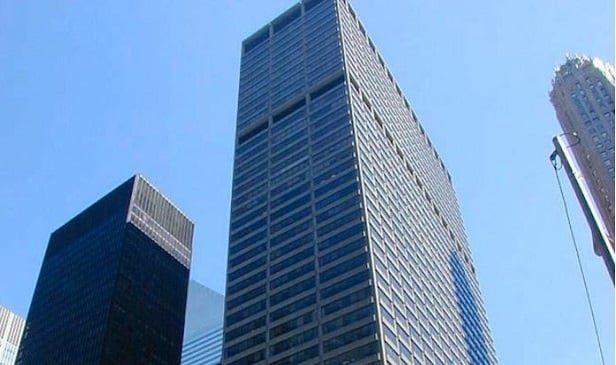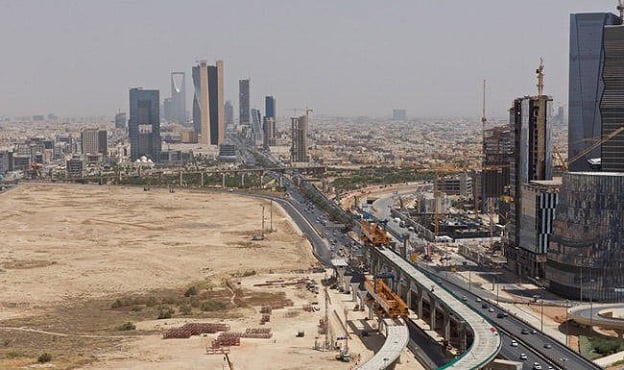LONDON-The US and European commercial real estate markets are likely going to “muddle through” the current economic uncertainty, while Asia, particularly China, could even benefit from the recent slowdown, according to experts at CB Richard Ellis. The company’s European Chief Economist Peter Damesick, Asian Head of Research Nick Axford and US Head of Research Asieh Mansour agreed that a slow growth period, not a recession, is likely the future for at least the next year, during a recent Global Themes podcast.
Moderated by company Chief Economist Raymond Torto, the discussion showed clear the current differences in the three regions. Europe, Damesick said, has seen a few months of slowing activity and a shift in investment expectations due to debt crisis problems in countries such as Greece, Spain and Portugal. This uncertainty is now mutating into a private sector banking crisis, and is showing wider disparities in demand for space the core and non-core areas.
The United States commercial market is doing somewhat better at treading water, through a few strong markets and the multifamily sector, Mansour said. However, she said the US economy is anemic at best, especially with negative reports on jobs and housing. Another recession isn’t likely, she said, and the government has responded to the crisis far better than Japan did to similar problems 10 years ago. “Also there’s the difference that we have a growing population of about 0.9% each year, while the Japanese population is shrinking,” she said.
Less growth is actually good news for the markets in China, Axford said. The country has seen high inflation and asset prices, and a slowing of demand would be just what China needs to shrink its bubble, he said. “China still has enough demand to drive growth and expansion,” he said. “The buying over there is mostly being done by local investors who have long-term returns in mind anyway.”
Construction will stay down throughout most of the globe, the three agreed, though the US 24-hour cities are seeing the large apartment tower developments grow. “For office and retail, we see very low development pipelines for the next two years, and it could persist for even longer,” Mansour said. Damesick said the same is happening in Europe, though there are some high-demand office markets here and in Paris that are seeing some tower continuation.
Axford said investors should remember that the first half of the year saw somewhat overstated, and overinflated, claims of growth. “It’s important to now not emphasize the downside,” he said. “Clearly there’s some negative news because of less activity, but this could open windows of opportunity for investors because of recent price movements. There are clouds, but it’s still worth having a look for silver linings.”
Want to continue reading?
Become a Free ALM Digital Reader.
Once you are an ALM Digital Member, you’ll receive:
- Breaking commercial real estate news and analysis, on-site and via our newsletters and custom alerts
- Educational webcasts, white papers, and ebooks from industry thought leaders
- Critical coverage of the property casualty insurance and financial advisory markets on our other ALM sites, PropertyCasualty360 and ThinkAdvisor
Already have an account? Sign In Now
*May exclude premium content© 2024 ALM Global, LLC, All Rights Reserved. Request academic re-use from www.copyright.com. All other uses, submit a request to [email protected]. For more information visit Asset & Logo Licensing.








